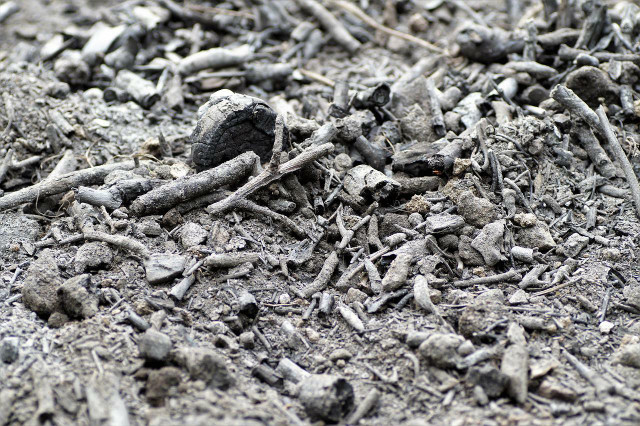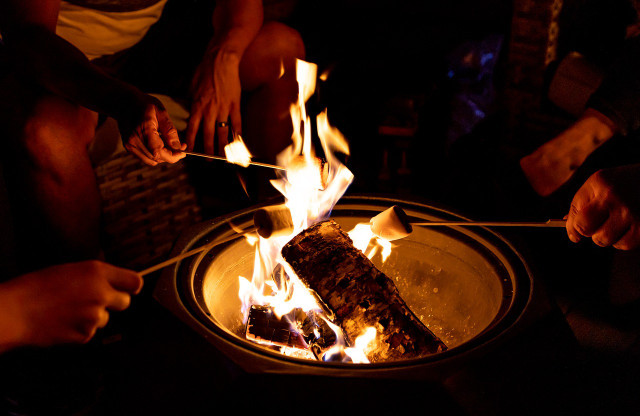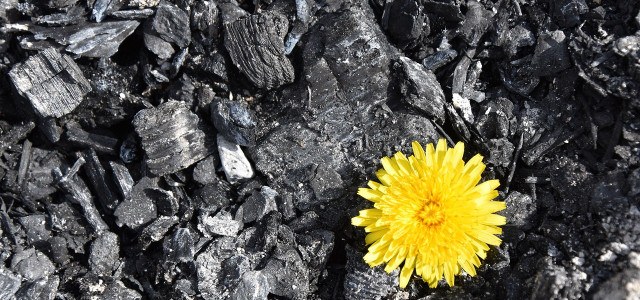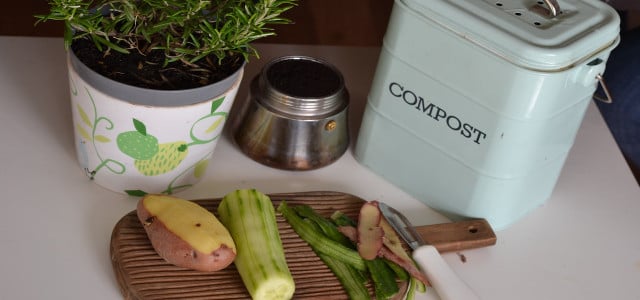Adding wood ash in compost is a great way to dispose of your fireplace waste while also providing a nutritional boost to your garden. Learn more about it here.
Adding wood ash to compost can benefit both the pile and your garden, but why is ash good for plants? The most marked effect of wood ash is as a liming agent, raising the alkalinity of both your compost and soil. This can be especially beneficial to neutralizing young piles high in kitchen scraps, which tend to lean acidic. Wood ash also contains several minerals beneficial to plants: calcium, magnesium, potassium, and phosphorus. This means that wood ash offers the same benefits as eggshell fertilizer (calcium) and epsom salt for gardening (magnesium) all in one.
Unlike applying ashes straight to soil, adding wood ash to compost will allow it to break down completely, making nutrients readily available to plants. Composting is the gentler option as it moderates the alkalinity of wood ash and removes the risk of scorching your plants.
Wood Ash in Compost: What to Keep in Mind



While it may sound like a miracle ingredient, there are some important things to take into account before adding wood ash to compost:
- Wood ash is best for acidic soil, which usually occurs from over-gardening or excessive rain. The simplest way to check is by doing a pH test with red cabbage. To do this, boil some red cabbage and add some soil to the cabbage water: it will turn pinkish if acidic, or bluish if alkaline. Avoid adding too much wood ash, as this may raise the pH enough to hinder your plants.
- Wood ash is considered a “brown” compost material since it is high in carbon, therefore it benefits “green” compost piles (grass, kitchen scraps, or manure). Avoid adding it to piles already high in carbon (leaves, twigs, paper) as this may slow decomposition.
- Avoid using wood ash for acid loving plants such as roses, rhododendrons, potatoes, and most berries.
- Never use non-wood, charcoal, or treated wood ashes in compost as these can contain heavy metals, plastics, preservatives, or other components that can harm plants. Wood ash from grills can also be problematic because it usually contains grease, which may attract pests to your compost.
- Powdery wood ash is best breaks down quickly and can mix more easily in compost. Avoid larger chunks as these will have difficulty decomposing.
Tips for Sustainable Fires



Although burning wood is a renewable and carbon neutral resource, the smoke it produces can still pollute the air with particulates and cause lung damage, especially in populated areas. Here are some tips for making your fires as eco-friendly as possible:
- Use only wood that has had ample time to dry out (at least a year). Fresh wood is high in water content, which will cause excessive smoke with weaker heat.
- Be mindful of the type of wood you use. Aged evergreen wood such as pine will ignite and burn more quickly than hardwoods, but has high resin content when young, which may accumulate as tar in chimneys.
- Make sure your fire has ample oxygen, otherwise it will smolder and produce more smoke. Avoid burning wood on misty days as this will cause smoke to hang in the air.
- The EPA recommends switching out old wood stoves for newer, cleaner models: these produce more heat and less smoke.
- Never burn trash, old furniture, or treated wood: even if you aren’t using their ashes for compost, they will still emit pollutants into the air when burned.
- Even seemingly dead ashes can contain embers that can spread and cause fire damage: learn how to put out a fire pit with water, dirt, or sand. Store cooled ashes in a covered metal container to avoid reignitions and never toss fresh wood ash in compost.
- Leave a thin layer of ash as a bedding: this aids in future burning and will shield your fireplace or pit from damage.
Read more:
- Composting Grass Clippings: Put Garden Waste to Use
- How to Compost Leaves: 3 Ways
- Peat Moss for Lawns & Gardening: Pros and Cons
Do you like this post?







